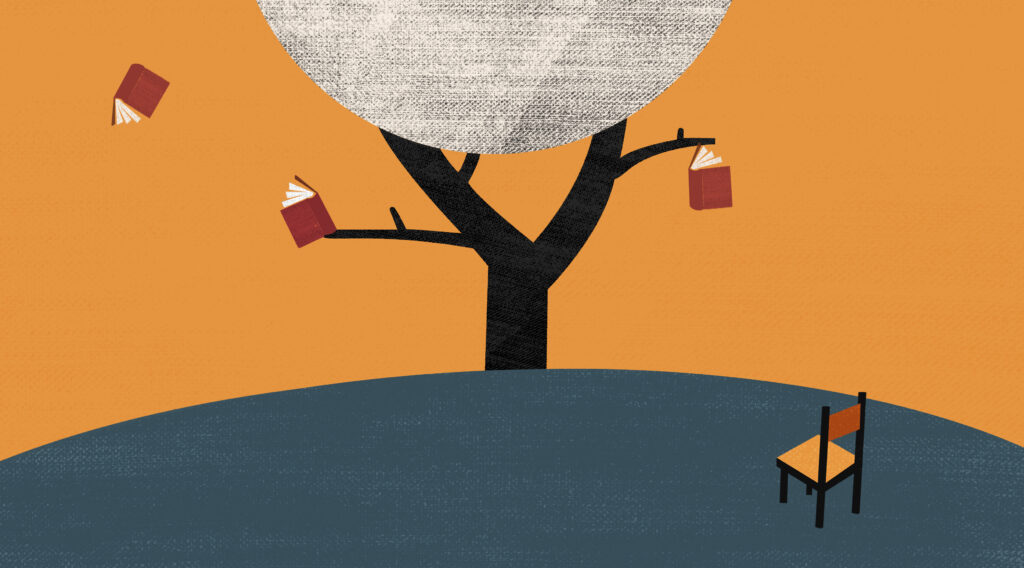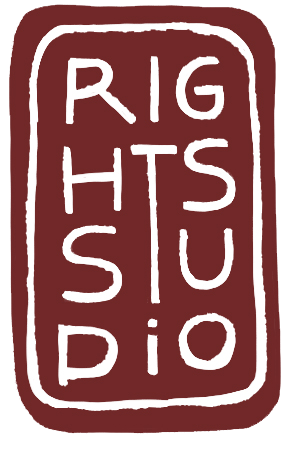by Michele Madden

“[Sound is] a movement that gives us each other, as both gift and threat, as generosity and agitation, as laughter and tears.”
— Brandon Labelle, Acoustic Territories
What does sound mean to you?
A few weeks ago, I was walking in my neighbourhood in Copenhagen and was suddenly overtaken by a wave of happiness. I realised that I had heard a sound, the sound of children in the school playground. Lots of children deliriously running around, screaming, shouting and singing. A joyous sound that I hadn’t heard for such a long time, that I didn’t realise, until then, that I had missed. It was the sound of normality.
Sound is vibration, a vibration that moves through the air and into our ears. It’s often described as ephemeral or elusive because it’s hard to pin down, we can’t catch a vibration. Soundwaves are invisible, we can only see them when they are represented in some form or another, on an acoustic graph or as musical notes on sheet music for example. It’s this intangibility that makes it both beautiful and frustrating.
Because sound moves through the air it has a magical quality that means it can pass through walls, round corners, across large distances. It isn’t contained in the same way as our physical movements are contained by obstacles, walls, or ditches, it can be in many places at once. At the same time sound doesn’t last – it is temporal – it occurs in time, has a beginning, middle and end. We can’t go back in time and hear the sound again. Of course, we can record it and replay it, but each time we hear it, it will be slightly different. So, while we can’t see sound, it affects how we perceive both time and space. Powerful stuff.
Marie Thompson describes our encounters with sound and noise as “transformative, sensuous and intensive: noise is often felt as well as heard, and known through feeling.” We make sounds through our bodies, talking, singing, coughing, sneezing. We also receive and perceive sound through our bodies, through our ears or the feel of vibrations, even those with hearing difficulties have a bodily experience of sound. This means that sound is affective, and its effect on our bodies is powerful. Often we are unaware of this but we can see and feel it when we jump at a car back-firing or see people around us beginning to dance when they hear the first bars of “The Girl from Ipanema,” or when we are unable to concentrate when the neighbour’s music is too loud.
Alongside this is the way we hear, the way our bodies are made, Barry Blesser and Linda Salter talk about the fact that because our “hearing is always active, without “earlids” or a voluntary point of spatial focus, listeners are involuntarily connected to those events that are audible regardless of their location.” We can’t shut our ears in the same we that we can shut our eyes.
Sound is full of contradictions. It’s invisible, powerful, affective, social and political. It can bring people together and drive them apart.
As with many things in life, not all noise is equal and judgements are made about whose noise is to be welcomed, tolerated or rejected. It’s no wonder that it can become a point of conflict. Think Basque folk-songs in Franco’s Spain, hip hop in New York in the 1980s, recent arguments about whether mosques in European cities can broadcast the call to prayer, the current proposal to the UK Parliament to give police the right to shut down protests if they are “too loud.” Some people even complain about the sound of children in a playground.
Back to those children playing, this sound is part of what makes up the soundscape of my neighbourhood. A soundscape is made up of all the different sounds that you can hear. So many layers that shift and change. This means that the soundscape is different at different times. And, of course, it will be different where you are, because different places have different soundscapes. Time and space again.
Ultimately the soundscape is the noise of us and our world in all its complexity. What an amazing thing to study.
What does your soundscape sound like? Can you make your own soundscape? Are there sounds you wish you didn’t have to hear, or sounds that you miss?
Michele is a strategist, researcher and musician. She is passionate about using user-based insight to create social change, and helping individuals and organisations to make that change happen. Over the last 20 years Michele has worked with non-profits in all sectors from the arts to volunteering, from asylum seekers to young people, using strategic and operational expertise to develop and grow organisations in the UK. She is now focusing on her key interest of the design of objects, spaces and places to make a difference in the world. Michele is completing an MSc in Spatial Designs and Society in Denmark, to better understand how we make design decisions and the impact they have on users in the real world. Building on her background in music, as you can tell from this blog, she is particularly interested in the sensory aspects of design – how we hear, feel, taste and see the things around us.
